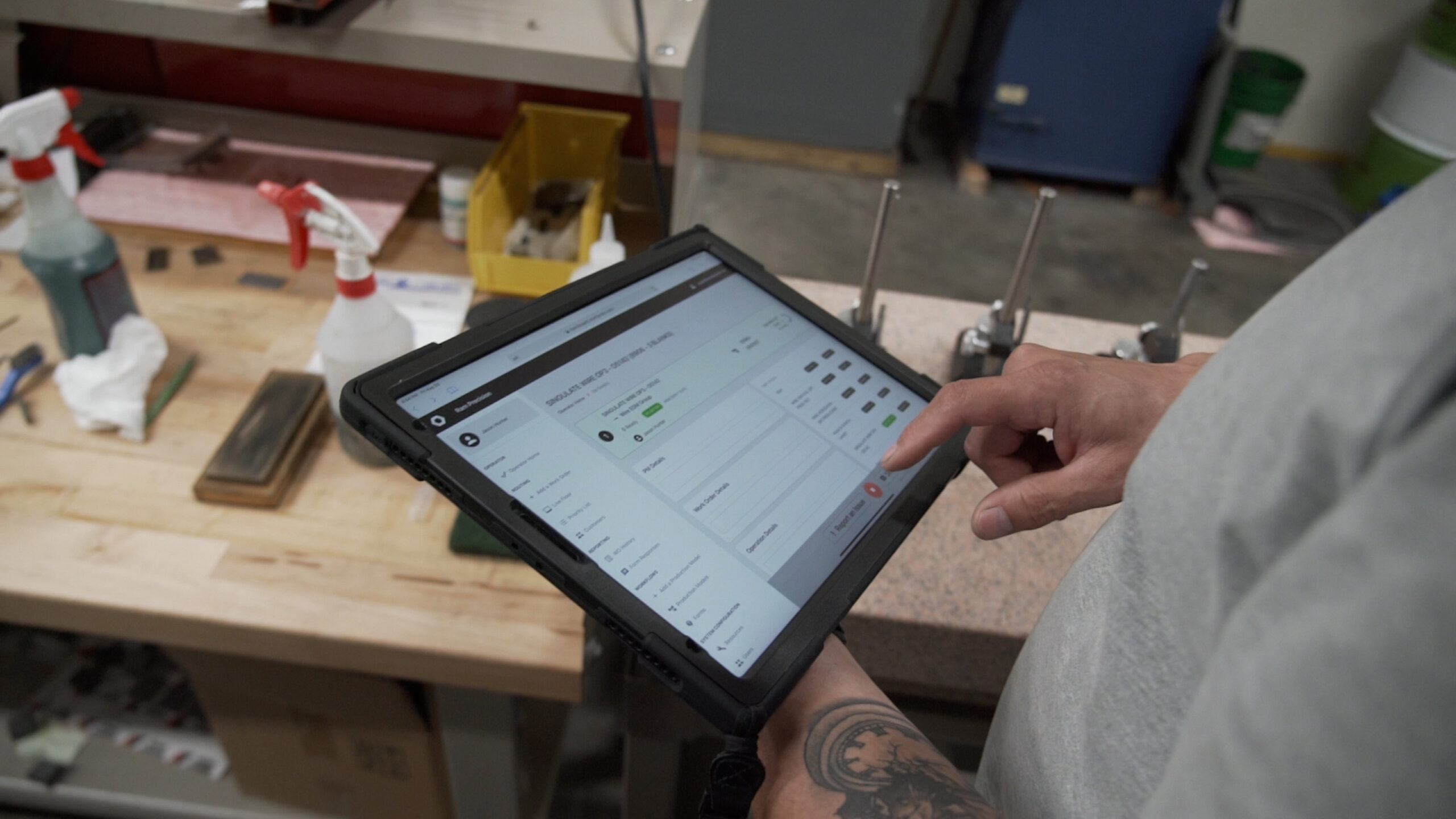Redesigning a website always feels exciting. It’s a chance to refresh my brand and improve user experience. But I know there’s a lot at stake—especially when it comes to SEO. One wrong move and I could see my hard-earned rankings drop overnight.
I want my website to look and work better without sacrificing the traffic and visibility I’ve built. That means I need to plan every step carefully so search engines still recognize and trust my site. With the right approach I can make sure my redesign boosts both style and search performance.
Understanding the Importance of SEO in Website Redesign
Preserving SEO signals keeps traffic, rankings, and authority stable throughout a redesign. Search engines rely on crawlable content, internal linking structures, and high-quality user signals to assess relevance and trust. I focus on maintaining SEO elements so current visibility and organic reach remain consistent after the launch.
Search engine algorithms reference signals like structured data, sitemap accuracy, and page speed in their ranking systems. I track these attributes before and after redesign using analytics and audit tools—Google Search Console and Screaming Frog, for example—so I can compare baseline metrics and spot sudden drops.
Redirect mapping is crucial for SEO continuity when moving or removing pages. Mapping old URLs to new equivalents prevents loss of link equity and “404” errors that hurt both user experience and search visibility. Here’s a quick reference table for essential SEO elements during a website redesign:
| SEO Element | Why It Matters | Example Tool/Method |
|---|---|---|
| URL Structure | Consistent URLs protect page authority and rankings | Screaming Frog, Screaming Log |
| Metadata | Optimized titles/descriptions enhance visibility | Google Search Console |
| Internal Linking | Logical links support crawlability and relevance | Site Audit, Ahrefs |
| Redirects (301/302) | Proper redirects keep link juice and user pathways | .htaccess, Redirection Plugin |
| Content Preservation | Key content retention sustains ranking signals | CMS Export, Diff Tools |
Tracking all these signals helps me shape a redesign process that maintains search engine trust and protects hard-earned rankings.
Key Steps to Redesign a Website Without Losing SEO

Key-Steps-to-Redesign-a-Website-Without-Losing-SEO
Redesigning a website impacts both rankings and search equity. I use several strategic steps to maintain visibility and SEO continuity during the redesign process.
Conducting a Comprehensive SEO Audit
Gathering SEO data forms my baseline for improvement. I analyze site analytics and ranking data from Google Search Console to identify top-performing pages, keywords, and traffic drivers. For example, blog posts with high organic traffic or product pages with strong backlinks. Documenting these SEO assets helps me preserve what’s working and informs my redesign priorities.
| Key SEO Metrics | Example Tool | Why It Matters |
|---|---|---|
| Organic Traffic | Google Analytics | Measures valuable pages |
| Backlinks | Ahrefs, SEMrush | Indicates authority signals |
| Crawl Errors | Screaming Frog | Uncovers technical SEO problems |
Mapping Existing URLs and Redirects
Mapping URLs prevents lost rankings during a website redesign. I create a detailed spreadsheet listing every current URL, then plan their destinations on the new site. When a page moves or changes, I set up 301 redirects to transfer link equity and keep users landing on the right pages. If an old URL points nowhere, ranking drops and referral sources break.
| Scenario | Solution |
|---|---|
| Deleted page | Redirect to closest relevant new page |
| URL structure changed | Match old to new in a redirect mapping |
| No direct replacement | Redirect to parent or related category |
Maintaining Site Structure and Internal Links
Keeping site architecture logical supports both users and search engines. I preserve the hierarchical structure, so category and product pages nest predictably, with all internal links updated to match the new URLs. This step ensures crawler accessibility and passes ranking signals efficiently. For instance, updating menu links and contextual anchor text throughout service pages.
Optimizing On-Page Elements
Optimizing key SEO elements on each redesigned page enhances visibility. I refine meta titles and descriptions with primary keywords, use header tags for structure, and add descriptive image alt texts. Clean URLs improve click-through rates and make indexing easier. Example: “/casino-games/slots” instead of “/page?id=1234”.
| On-Page Element | Optimization Tactic |
|---|---|
| Meta Title | Insert primary keyword, keep under 60 chars |
| Meta Description | Use call-to-action, keyword, 150-160 chars |
| Header Tags | Structure content logically (H1-H3) |
| Alt Text | Describe images with keywords |
| URL Structure | Use concise, keyword-rich slugs |
Technical Considerations During Redesign

Technical-Considerations-During-Redesign
Redesigning a website without losing SEO relies on thorough technical planning and diligent execution. I focus on critical areas like mobile usability, speed, crawlability, and indexation to safeguard rankings throughout the redesign process.
Mobile Friendliness and Page Speed
Mobile optimization and load speed serve as foundational factors for search rankings and user experience. I use a responsive design so layouts adapt to any device, following Google’s mobile-first indexing standards. Efficient visual assets—like compressed images in WebP format and lazy-loading—keep page load times below two seconds to maintain fast performance.
| Mobile & Speed Factor | Recommended Practice | SEO Impact Level |
|---|---|---|
| Responsive Design | Fit screen sizes for all devices | High |
| Image Compression | Use WebP and lazy loading | High |
| Minimal Heavy Visuals | Reduce elements that slow loading | Medium |
| Load Time | Keep pages under 2 seconds | High |
Preserving Crawlability and Indexation
Preserving crawlability and indexation secures ongoing search visibility for a redesigned website. I maintain a clean XML sitemap reflecting current page hierarchy, then submit it to search engines for seamless discovery. Robots.txt files exclude only non-essential URLs, so vital content remains accessible. I map out 301 redirects for all changed or removed URLs to protect link equity, running pre-launch SEO checks with tools like Screaming Frog to confirm all pages are crawlable and indexed.
| Crawl & Index Factor | Method | Relevance |
|---|---|---|
| XML Sitemap | Update and resubmit after redesign | Critical |
| Robots.txt | Block only irrelevant/duplicate pages | Important |
| 301 Redirects | Map old to new URLs for all changed pages | Critical |
| SEO Pre-Launch Checks | Verify crawl/index status with audit tools | Essential |
| Broken Links | Find and fix before go-live | Important |
Post-Launch SEO Checklist
Right after launching my redesigned website, I start tracking all core SEO metrics closely to ensure I retain ranking and site visibility. I act immediately on emerging issues to avoid negative impacts on organic performance.
Monitoring Traffic and Performance
I monitor organic traffic, keyword rankings, and crawl errors to detect any shifts right after launch. Using Google Analytics, Search Console, and SEO tools like SEMrush or Ahrefs, I get actionable data:
| SEO Metric | Tool/Source | Typical Check Frequency | Target Post-Redesign |
|---|---|---|---|
| Organic Traffic | Google Analytics | Daily, weekly | No significant dips (<5%) |
| Keyword Rankings | SEMrush, Ahrefs | Daily, weekly | Top keywords hold or gain |
| Bounce Rate | Google Analytics | Weekly | No sudden spikes (<10% change) |
| 404 Errors | Search Console | Daily, weekly | <1% of all site URLs |
| Crawl Coverage Issues | Search Console | Daily, weekly | Zero or minimal new errors |
Addressing SEO Issues Promptly
I resolve 404 errors, coverage issues, and redirect missteps as soon as they appear. If users or search engines encounter missing pages, I review my redirect map and adjust links or add missing redirects. I verify XML sitemap accuracy in Search Console to ensure all new pages are indexed and no valuable pages are blocked. If bounce rate or rankings drop, I reassess site speed, content, and user experience. For technical SEO, I use crawling tools like Screaming Frog to identify crawl errors and internal linking gaps quickly.
| Common SEO Issue | Detection Tool | Immediate Action |
|---|---|---|
| New 404 Errors | Search Console | Repair or map 301 redirect immediately |
| Coverage Issues | Search Console | Check robots.txt, fix access problems |
| Ranking Drop | SEMrush, Ahrefs | Audit impacted keywords/pages |
| Sitemap Discrepancy | Search Console | Update and resubmit XML sitemap |
| Slow Site Speed | PageSpeed Insights | Compress assets, optimize scripts |
Best Practices for a Smooth Website Transition

Best-Practices-for-a-Smooth-Website-Transition
Action Steps for Retaining SEO During Redesign
Finding the right steps supports uninterrupted SEO performance through any website transition. Here’s a clear table summarizing critical actions and their specific roles in the redesign process:
| Step | Purpose | Example/Tool |
|---|---|---|
| Audit existing SEO data | Catalog traffic, rankings, and links pre-redesign | Google Analytics, Ahrefs |
| Map current URLs | Arrange and document all URLs, especially high-ranking ones | Screaming Frog, XML export |
| Plan redirects | Set 301 redirects from old URLs to preserve authority and user flow | Server redirect rules |
| Maintain content quality | Retain/optimize valuable, ranking content | Content inventory list |
| Optimize metadata | Transfer/update meta titles, descriptions, and headers | On-page SEO checklists |
| Validate architecture | Preserve logical navigation and internal links | Wireframes, navigation maps |
| Test on staging | Identify technical or SEO errors before launch | Staging server environment |
| Update XML sitemap | Ensure search engines discover all new URLs | Search Console sitemap tool |
| Monitor post-launch | Track organic traffic, rankings, and crawl data for anomalies | Google Analytics, Search Console |
Key Elements to Monitor During Transition
Retaining core SEO signals during a redesign rests on regular monitoring and verification. This table highlights the main elements along with their practical context:
| Element | Why It Matters | Post-Launch Action |
|---|---|---|
| URL Structure | Preserves indexed paths and search relevance | Confirm no broken links |
| Redirect Mapping | Passes ranking signals to new URLs | Check 301 status codes |
| Metadata | Boosts click-through and ranking visibility | Spot-check SERP appearance |
| Internal Linking | Maintains page authority and navigational clarity | Crawl internal structure |
| Page Speed | Affects user experience and rankings | Test with PageSpeed tools |
| Mobile Optimization | Aligns with Google’s mobile-first indexing | Run mobile usability test |
| Indexability | Ensures pages appear in search results | Use Search Console reports |
Risks from Missed SEO Steps
Tracking why failures happen helps reinforce best practices. Here’s a table of frequent SEO risks in website redesigns and their direct impacts:
| SEO Mistake | Impact |
|---|---|
| Missing 301 redirects | Loss of organic traffic, 404 errors |
| Changing URLs unnecessarily | Ranking drops for top pages |
| Removing core content | Lost keyword relevance, authority loss |
| Neglecting meta elements | Lower click-through from SERPs |
| Poor mobile experience | Reduced visibility, higher bounce rate |
| Slow page speed | Lower rankings, worse user retention |
Following these steps, keeping these elements under review and avoiding the outlined errors lets me navigate the redesign process with confidence while protecting hard-earned search visibility.
Conclusion
Redesigning a website is a big step and it’s easy to overlook the details that keep your SEO strong. I’ve learned that a thoughtful approach and attention to detail make all the difference. By staying proactive and using the right tools, I can protect my site’s rankings and ensure a seamless transition for both users and search engines.
A successful redesign isn’t just about a fresh look—it’s about building on what’s already working. With careful planning and ongoing monitoring, I can enjoy the benefits of a modern site without sacrificing the SEO foundation I’ve worked so hard to achieve.
Frequently Asked Questions
What are the main SEO risks when redesigning a website?
The main SEO risks include loss of organic traffic, drops in keyword rankings, broken links, loss of link equity, and crawling or indexing issues. These problems can lead to decreased visibility in search engines if not carefully managed during the redesign process.
How can I keep my website’s rankings stable during a redesign?
To keep rankings stable, conduct a thorough SEO audit, map all URLs, set up 301 redirects for changed URLs, preserve key content and metadata, and carefully monitor SEO metrics before and after launch using tools like Google Analytics and Search Console.
Why is redirect mapping important for a website redesign?
Redirect mapping ensures that any old URLs point to the new relevant pages using 301 redirects. This helps preserve link equity, avoids user experience issues like 404 errors, and prevents a loss of SEO value and rankings.
Which technical elements should I focus on during a website redesign?
You should focus on page speed, mobile usability, crawlability, indexation, and structured data. Maintaining a clean XML sitemap and proper robots.txt configuration are also essential for preserving search engine trust.
How do I monitor my website’s SEO performance after a redesign?
Track key metrics like organic traffic, keyword rankings, crawl errors, and index coverage. Use tools such as Google Analytics, Google Search Console, SEMrush, or Ahrefs to quickly identify and resolve any emerging SEO issues.
What should I do if I notice a ranking drop after my website redesign?
Immediately check for issues like broken redirects, missing metadata, lost content, or crawl errors. Fix any 404 errors, ensure your XML sitemap is accurate, and re-submit it to Google Search Console. Ongoing monitoring and prompt fixes are key to recovering rankings.
Why is it important to preserve site structure and internal linking?
Preserving your site structure and internal linking helps search engines understand your website hierarchy and ensures smooth navigation for users, both of which are vital for maintaining SEO performance during and after a redesign.
How does mobile optimization impact SEO during a website redesign?
Mobile optimization is critical because search engines prioritize mobile-friendly sites. Responsive design and fast load times help retain rankings and provide better experiences for users on different devices.
What steps should I take before launching my redesigned website?
Before launch, audit your current SEO data, map all URLs, plan and test redirects, review site architecture, optimize metadata, check mobile usability, test on a staging site, and prepare an updated XML sitemap for immediate submission to search engines.
How often should I review SEO after a redesign is launched?
You should closely monitor your SEO performance daily for the first few weeks post-launch and continue with weekly or monthly checkups. This helps quickly catch and address any negative trends or technical issues that can affect your site’s visibility.

